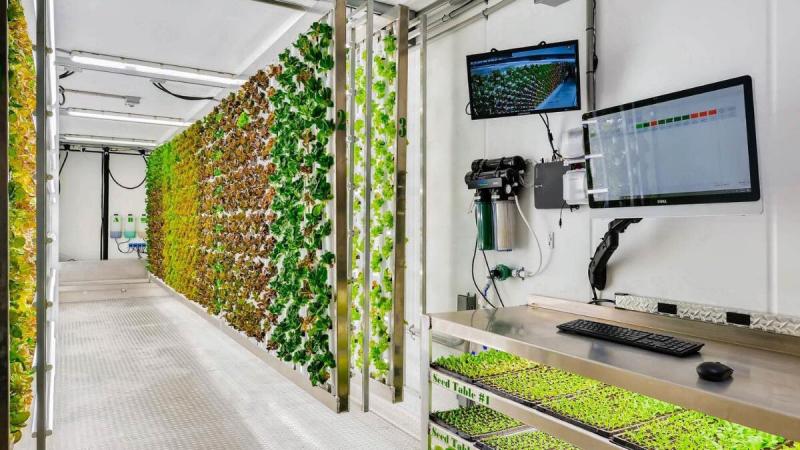Introduction:
In recent years, traditional farming methods have faced numerous challenges such as land scarcity, water shortage, and climate change. To overcome these obstacles and ensure sustainable food production, a revolutionary approach called vertical farming has emerged. By utilizing vertical space and advanced technologies, vertical farming offers a promising solution to meet the growing demand for fresh, nutritious food while minimizing environmental impact. Let's delve into this innovative agricultural practice and explore its benefits and potential.
What is Vertical Farming?
Vertical farming is a method of cultivating crops in vertically stacked layers, utilizing artificial lighting, hydroponics, and aeroponics to provide optimal growing conditions. This technique allows crops to be grown year-round, independent of climate and season. Vertical farms are typically housed in urban buildings or specially designed structures, utilizing vertical space efficiently. By carefully controlling factors such as temperature, light, and nutrient levels, vertical farming maximizes crop yields and minimizes water usage.
The Global Vertical Farming Market size was valued at US$ 11,548.1 million in 2021 and is anticipated to witness a compound annual growth rate (CAGR) of 10.30% from 2022 to 2030.
Advantages of Vertical Farming:
Vertical farming offers several significant advantages. Firstly, it significantly reduces the need for land, making it a viable solution for urban areas where space is limited. Vertical farms can be established in unused buildings or constructed vertically, occupying minimal ground area. Secondly, this farming method allows for precise control over growing conditions, including temperature, humidity, and lighting, resulting in consistent and high-quality crop production. Furthermore, vertical farming reduces the dependency on pesticides and herbicides, as the controlled environment minimizes the risk of pests and diseases. Lastly, vertical farming reduces water usage by employing efficient irrigation systems such as hydroponics or aeroponics, where plants are grown without soil, using nutrient-rich water solutions.
Environmental Benefits:
Vertical Farming holds immense potential for mitigating environmental challenges. By minimizing the need for land conversion, it helps preserve natural ecosystems and wildlife habitats. Additionally, vertical farming can significantly reduce transportation costs and carbon emissions associated with the long-distance transportation of food. Moreover, this method can help conserve water resources, as vertical farms employ closed-loop irrigation systems that recycle and reuse water efficiently. The controlled environment also eliminates the need for chemical fertilizers, minimizing water pollution and soil degradation.
Vertical Farming represents a promising future for agriculture, revolutionizing food production in a sustainable and efficient manner. By overcoming the limitations of traditional farming methods, this innovative approach can help ensure food security, protect the environment, and create a more resilient and sustainable food system.
